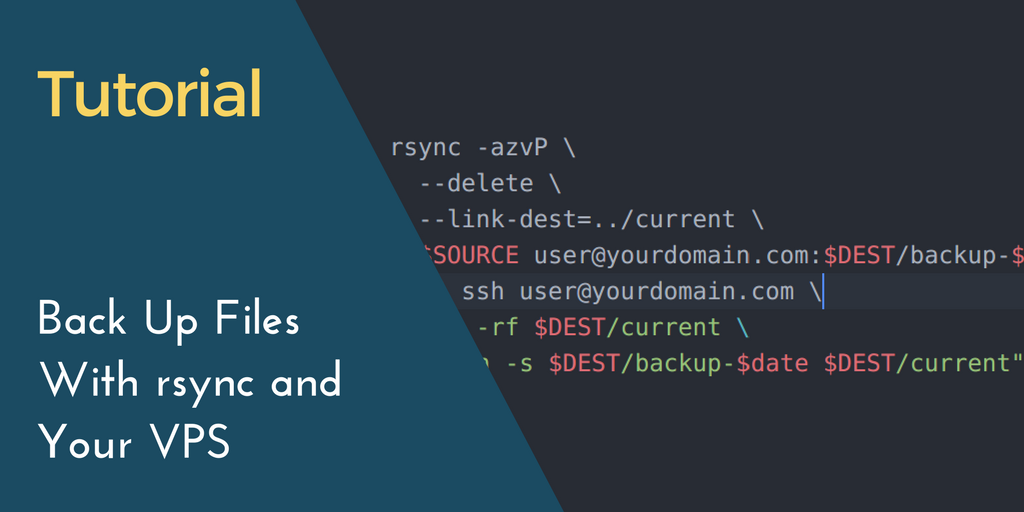When it comes to servers, my story isn't unique. I've never had formal training in Linux, the terminal, or anything to do with real sysadmin work. But, after 15 years of tinkering, I'd like to think I know a thing or two about developing and deploying applications on servers.
This puts me somewhere in the happy mean along the diverse spectrum of SSD Nodes users. A lot of you are far more experienced than I, both in years and breadth/depth of knowledge, but many of you are just now starting to SSH into your server for the first few times. You're figuring out cd, ls, and all the other basics, and maybe you're starting to feel a little overwhelmed by the entire process. I'm here to advocate for self-learning, because it's probably the best long-term skill you can develop right now—the ability to learn will help you now just as much as it'll help you 20 years from now.
These tips are directed toward the newer server users, but seasoned pros might find something of value, too—if they keep an open mind.
1. Don’t do it ‘just because’
We already buy enough stuff that we don’t end up using—don’t add a server to that list. Terminals can be daunting, especially for beginners, and don’t necessarily invite being played around with unless you have a certain baseline of skill. Set a goal, even if it’s just learning Linux/terminal fundamentals, and then get to work.
2. Keep your eye on the prize
No matter which host you chose, you bought a server for a reason. Maybe you wanted to set up a personal development blog to talk about what you’re building, or perhaps you have a business that needs a website and didn’t want to rely on shared hosting or automated WHMCS panels. Whatever the reason, it’s going to be what grounds when you’re stuck in one of the frustrating ruts of managing a server. Don’t forget what you’re building, and let that momentum guide you the process—both good and bad.
3. Do only one thing at a time
Sometimes I think of managing servers like carpentry or woodworking. You wouldn’t dive right into building an entire house, but you may start mastering the art of straight cuts on 2x4s, followed by some basic framing. You learn how to create a foundation, and you do that a bunch of times, and then you get into the tough stuff.
Try deploying a static site on a LAMP/LEMP stack. Get good at that, get it working exactly the way you want, and then move on to more complex installations, like self-hosting with Docker or segregated Linux containers.
4. Figure out how you learn best

Everyone has a different learning style, especially when it comes to complex topics like servers. Some might do best watching videos of someone coding “live,” whereas others might prefer videos. I tend to do best when I can read solid documentation and try various solutions out myself, but that might not be right for you.
5. Hoover up all the free resources you can
The Linux and FOSS communities are remarkably generous and love to share knowledge—use that to your advantage. You shouldn’t have to fork over cash to learn about deploying services and apps on servers. Learn how to search on Google/DuckDuckGo and get to it.
6. Find a good community, too
You’ll come across problems you can’t figure out on your own. By finding a community, you’ll have a handful of people who have your back and can help you work through a tough problem. Great communities are almost impossible to find these days, but here are a few:
by subscribing to our newsletter.



